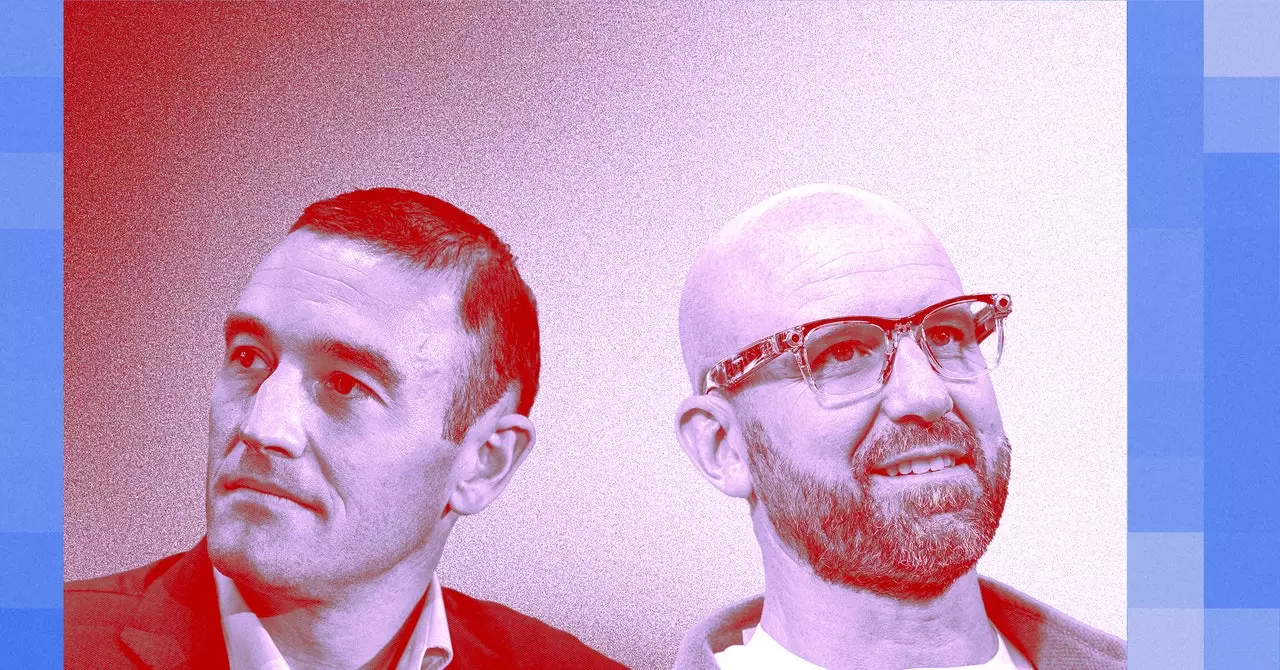In a shocking twist, four prominent tech executives have traded their corporate attire for military fatigues, stepping into leadership roles within the U.S. Army Reserve. This move appears to be part of an audacious initiative branded as the Executive Innovation Corps, or Detachment 201. Among those taking up this unusual mantle is Andrew “Boz” Bosworth, the chief technology officer of Meta, who now dons the rank of Lieutenant Colonel. Joining him are notable figures from influential tech giants—Kevin Weil from OpenAI, Bob McGrew formerly of OpenAI, and Shyam Sankar of Palantir. The image of these executives in camouflage uniforms raises the question of how Silicon Valley’s elite view their role in today’s global landscape, particularly in military contexts where technology often plays a pivotal role.
The Nuances Behind the Initiative
The inception of this program stems not from a whimsical notion but from a serious acknowledgment of the military’s technological deficiencies, led by Brynt Parmeter, the Pentagon’s inaugural Chief Talent Management Officer. Parmeter envisioned a model akin to the notable “Manhattan Project”—a collaborative effort where expertise from the tech world could expedite military advancements. So profound is his resolve that it highlights a shifting perception: the battlefield is no longer just a physical ground but also a proving ground for cutting-edge technology. The executives involved, particularly Sankar, have been vocal advocates for a synthesis between technological innovation and military preparedness, suggesting an almost existential urgency for a tech-driven military overhaul.
This collaboration genuinely highlights a pivotal moment where discussions that once might have caused significant backlash in Silicon Valley—such as aligning with the military—are now gaining acceptance. The cultural transformation is apparent, as Weil pointed out, noting that discussions about collaborations with the military could have led to professional ostracization in the past. Today, however, there seems to be a collective understanding that safeguarding freedom requires a modern approach to military engagement, one that transcends traditional warfare paradigms.
Examining the Implications
The implications of this partnership extend beyond mere technology transfer; they reflect a deeper ideological alignment between the tech elite and military objectives. The members of Detachment 201 are now positioned as key players in a strategic initiative designed to infuse the military with innovative practices and efficiencies that are hallmarks of successful technology companies. Yet, the decision to skip rigorous basic training for these tech leaders raises ethical concerns. While they will undergo some fitness and shooting training, their lack of full military induction sets them apart from other reservists, creating a dichotomy among those who enlist for service.
Interestingly, this project seems to mirror broader societal trends toward valuing certain skill sets—particularly those rooted in technology—over conventional military expertise. The selection process for this elite group is indicative of a new approach where direct military experience is secondary to the technical acumen necessary to propel the Armed Forces into a more digitized era. However, one can’t ignore the glaring socio-political realities: the exclusivity of this initiative, seemingly lacking gender diversity and seemingly aligning with a conservative backlash against progressive agendas like DEI (Diversity, Equity, and Inclusion), signals that the military’s evolution is complicated, and perhaps, not wholly welcome.
The Outlook on Future Collaborations
The formation of the Executive Innovation Corps could serve as a catalyst for greater collaboration between technology and defense sectors. Still, it necessitates an open discourse about the ethical and moral implications of such partnerships. Are we witnessing the emergence of a new class of military leaders driven more by innovation than traditional warfare ethos? And what happens when the high-stakes environment of military engagement intertwines with the competitive, sometimes cutthroat, world of tech?
As he takes the new role, Bosworth’s recent comments about the importance of these developments indicate a keen awareness that adaptability is crucial in both industries. It’s a striking intersection: can the discipline and rigor of military training meld effectively with the innovative drive of the tech industry? This upcoming “training” of military personnel in the digital domain is bound to raise diverse opinions about its effectiveness and its ability to reshape military practices to reflect modern warfare’s realities.
These developments underscore a larger narrative about the integration of technology into every aspect of societal operation, including defense. As these tech leaders embark on this journey, they are not just representing their companies but also embodying a paradigm shift that may redefine military engagements in an increasingly connected and technological world. The real question remains: How will the intersection of Silicon Valley ethos and military prep inform the future landscape of warfare?

